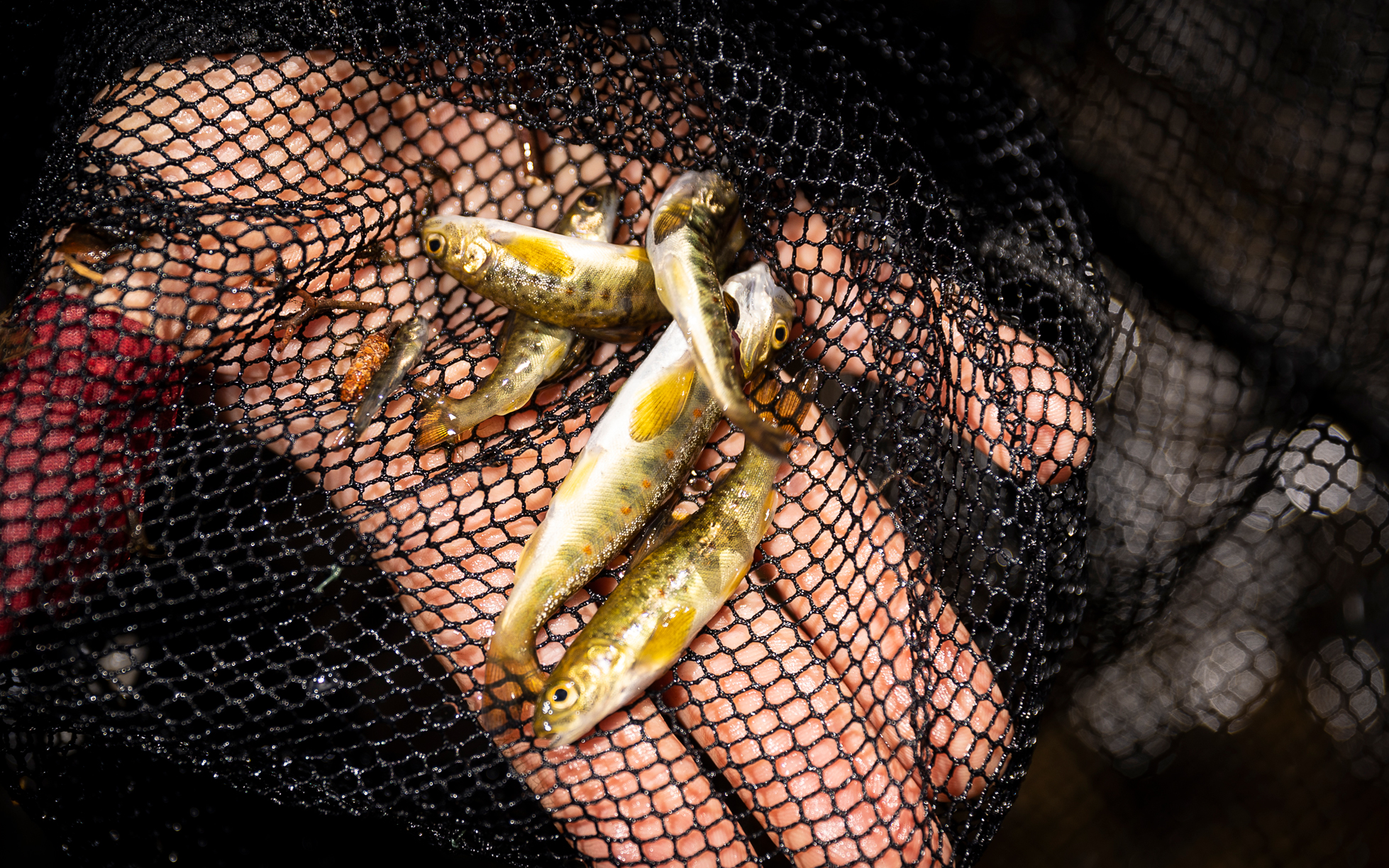River Alsterån
Measures against water scarcity, for flora and fauna
River Alsterån flows through a varied landscape of coniferous forests, wetlands, agricultural landscapes and deciduous forests before entering into the Baltic Sea at Pataholm. It contains unique biotopes, such as oligotrophic wetlands, and many important species, such as salmon, bullhead, otters and hair cap moss.
This project will focus on improving the ecological and hydrological status of River Alsterån, by removing migration barriers, restoring habitats and wetlands. Reeds will be removed and reefs will be built in the coastal area to benefit predatory fish. The aim is to improve water quality, increase biodiversity and habitats for protected species, and reduce the risk of drought.
River Alsterån is a 125 km long river in south-eastern Sweden with a catchment area of 1 525 km². It is one of Kalmar County’s most valuable rivers and is a Natura 2000 site in its full length within the county.
From its source, Lake Alstern, River Alsterån flows through varied terrain in two branches before reaching Lake Allgunnen, one of Sweden’s largest unregulated lakes. From Allgunnen, the water flows on through three outlets that join further downstream before the river enters into the Baltic Sea at Pataholm in Kalmarsund. The upper part of River Alsterån is dominated by coniferous forest and marshland, while the lower parts are characterized by farmland and deciduous forest. River Alsterån also passes wetlands and swamp forests on its way to the sea.
Biological values and threatened species
River Alsterån has high nature values thanks to its varied habitats. It is an important spawning ground for salmon and trout, but other species such as eel, sea lamprey, catfish, spined loach and bullhead are also present. In total, around 18 fish species have been reported in the river. However, salmon populations are in decline, making salmon a priority species in the management of the Natura 2000 sites.
River Alsterån has a rich benthic fauna with rare and endangered species and significant flora and fauna. Birds associated with the aquatic environments include osprey, silver tern, white-tailed eagle and kingfisher. Another priority species under the EU Habitats Directive is the otter, which has declined drastically since the 1950s but is now recovering.
The Alsterån estuary and the coastal areas of Kalmarsund are also part of the Natura 2000 site. These brackish water environments are rich in flora and support predatory fish species such as sea trout, pike and perch. The coastal ecosystems of Kalmarsund and the Alsterån estuary are affected by eutrophication and the populations of pike and perch are on a downward trend.
The river has a rich benthic fauna with rare and endangered species and significant flora and fauna.
Environmental impacts and restoration needs
For a long time, River Alsterån was used for timber rafting, which led to the clearing of boulders and changes in the bottom substrate and hydrology. The river has also been dammed for mills and hydropower, and large wetlands have been drained, negatively affecting water flow.
During the 1970s, water quality deteriorated due to acidification. However, the situation has improved through reduced acidification and extensive liming efforts. Nevertheless, according to the EU Water Framework Directive, River Alsterån has only a moderate ecological status due to a lack of connectivity, altered morphology and recurrent summer water shortages, which negatively affect ecosystems.
Restoration actions
According to the Natura 2000 management plan, measures to ensure free migration, successful spawning and functioning hydrology are priorities. Within the Improve Aquatic LIFE project, a migration barrier will be removed, opening up 3 kilometers of the river. Habitatrestoration will be carried out on about 1 300 meters to restore habitats for plants and animals. About 23 hectares of wetland will be restored to improve the natural hydrology downstream. Measures will also be implemented in the coastal area to improve spawning and nursery conditions for predatory fish such as pike and perch.
The measures will improve connectivity, hydrology, water quality, biodiversity and fish production, as well as benefit the Natura 2000 species salmon, byllhead and spined loach. They will also strengthen the stocks of the typical species lamprey, chub and minnow and help reduce the risk of drought.


Freshwater pearl mussel survival depends on host fish
Barriers to migration
Removing migration barriers and opening up the river pearl mussel’s host fish, salmon and trout, will increase the species’ ability to reproduce. Barriers to migration come in many forms, from natural to man-made dams and power plants. In some cases, a good solution may be to build a wildlife passage to allow fish and other organisms to bypass the migration barrier.
River Alsterån
Latest news from the project area
Here you can read news about the target species and the actions being taken in the project area.

